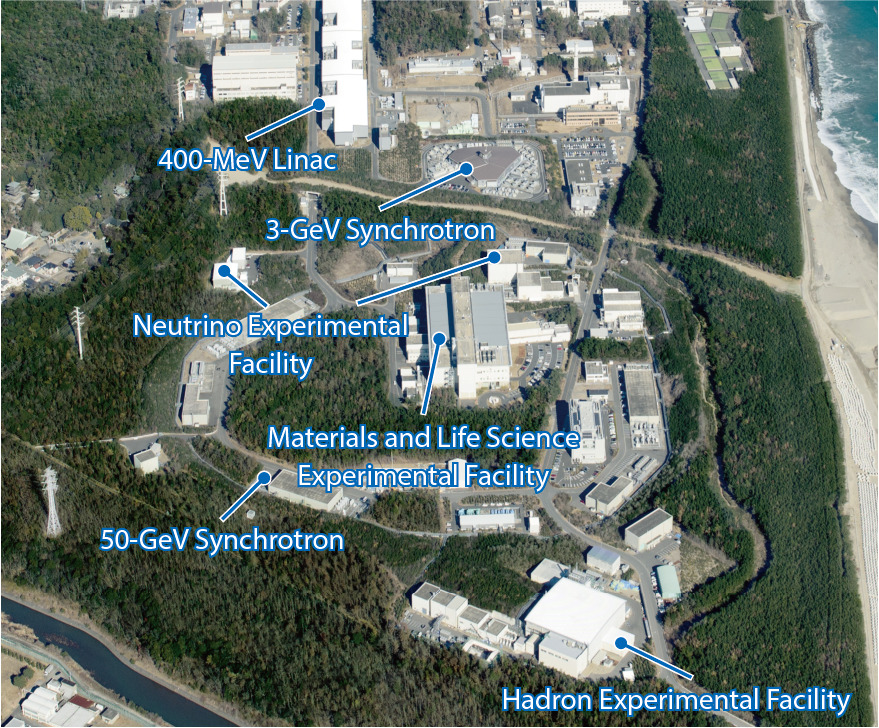
Fig.5-1 Japan Proton Accelerator Research Complex

Fig.5-2 Experimental hutch No.3 at JAEA beamline BL22XU, SPring-8
In accordance with the Science and Technology Basic Plan formulated by the Government of Japan, we aim to contribute to the advance of science and technology and the promotion of industry in Japan through the production of innovative results using neutron and synchrotron radiation. We are utilizing the high-intensity proton accelerator at the Japan Proton Accelerator Research Complex (J-PARC) and the JAEA synchrotron-radiation beamlines at Super Photon ring-8 GeV (SPring-8) as well as upgrading neutron facilities and devices and pursuing world-leading research in fields such as nuclear energy and materials sciences that utilize neutron and synchrotron radiation.
(1) Research and development at J-PARC
J-PARC comprises a series of three proton accelerators, namely a linear accelerator (LINAC), a 3-GeV rapid cycling synchrotron (RCS), and a 50-GeV synchrotron, as well as three experimental facilities. The facilities include the Materials and Life Science Experimental Facility (MLF) for a wide range of research fields using neutron and/or muon beams, the Hadron Experimental Facility for nuclear and particle physics experiments using K-mesons and other particles, and the Neutrino Experimental Facility for T2K particle-physics experiments using neutrinos. All of these experimental facilities are open to users from across the globe (Fig.5-1).
In the accelerators, successive tests and component improvements were conducted to realize stable operation with a 1-MW beam. In the LINAC, the ion source achieved stable operation with an extraction-beam current of 40 mA for approximately 200 days. The RCS has been successfully used to test high-intensity proton-beam acceleration using multi-harmonic-beam loading by taking advantage of the frequency characteristic of the magnetic alloy (Topic 5-1).
In FY2017 at the MLF, the user program for eight scheduled run cycles (176 days) was successfully accomplished at 200–400 kW with an availability of over 90 %. The International Neutron & Muon School (49 people from 13 countries participated) were conducted using the neutron instruments and muon beamlines for materials and life-sciences researchers. With the BL19 TAKUMI Engineering Materials Diffractometer, the in-situ tensile-deformation behavior was successfully analyzed for lath martensitic steel containing a high dislocation density in order to elucidate the high-strength steel-material-reinforcement mechanism (Topic 5-2). To obtain a high-quality beam with a short pulse width and short decay time, the absorber material (Au–In–Cd alloy) was developed and its processing/bonding properties were demonstrated to further develop research on the structure, phase transition, and residual stress of materials (Topic 5-3).
(2) Research and development at the Materials Sciences Research Center (MSRC)
The MSRC aims to create innovative results and to seed research in a wide range of scientific, technological, and academic fields by developing and improving neutron and synchrotron-radiation instruments for advanced structural and functional analysis in Tokai (JRR-3 and J-PARC) and Harima (SPring-8).
In FY2017, we have established two new analytical methods using neutrons. One is a new way to determine the phase fraction in steel materials using the accelerator-driven compact neutron source, RANS, in collaboration with RIKEN and Tokyo City University. This method is expected to be used for basic research and development as well as quality-control procedures for steel materials without requiring large neutron experimental facilities such as J-PARC and JRR-3 (Topic 5-4). The other method is a demonstration experiment to simultaneously determine both atomic and spin-structures in materials by analyzing a neutron-transmission spectrum with Neutron Beamline for Observation and Research Use at BL10 of the MLF (Topic 5-5). We will commence a feasibility study using RANS because this method doesn’t need intense neutrons. This development has been made in collaboration with J-PARC Center and the National Institute for Materials Science.
X-ray-absorption fine structure (XAFS) and imaging XAFS analyses (Fig.5-2) elucidated the chemical state of Rh, which was strongly affected by the distribution of Ru near Rh (Topic 5-6). This is useful for the secure manufacture and storage of waste glass, including platinum-group elements. In-situ and precise XAFS analysis, combined with cyclic voltammetry (CV), revealed the catalytic reaction at the electrode–electrolyte interfaces for fuel cells (Topic 5-7). Such operando measurements as CV-XAFS are becoming increasingly popular for materials science.